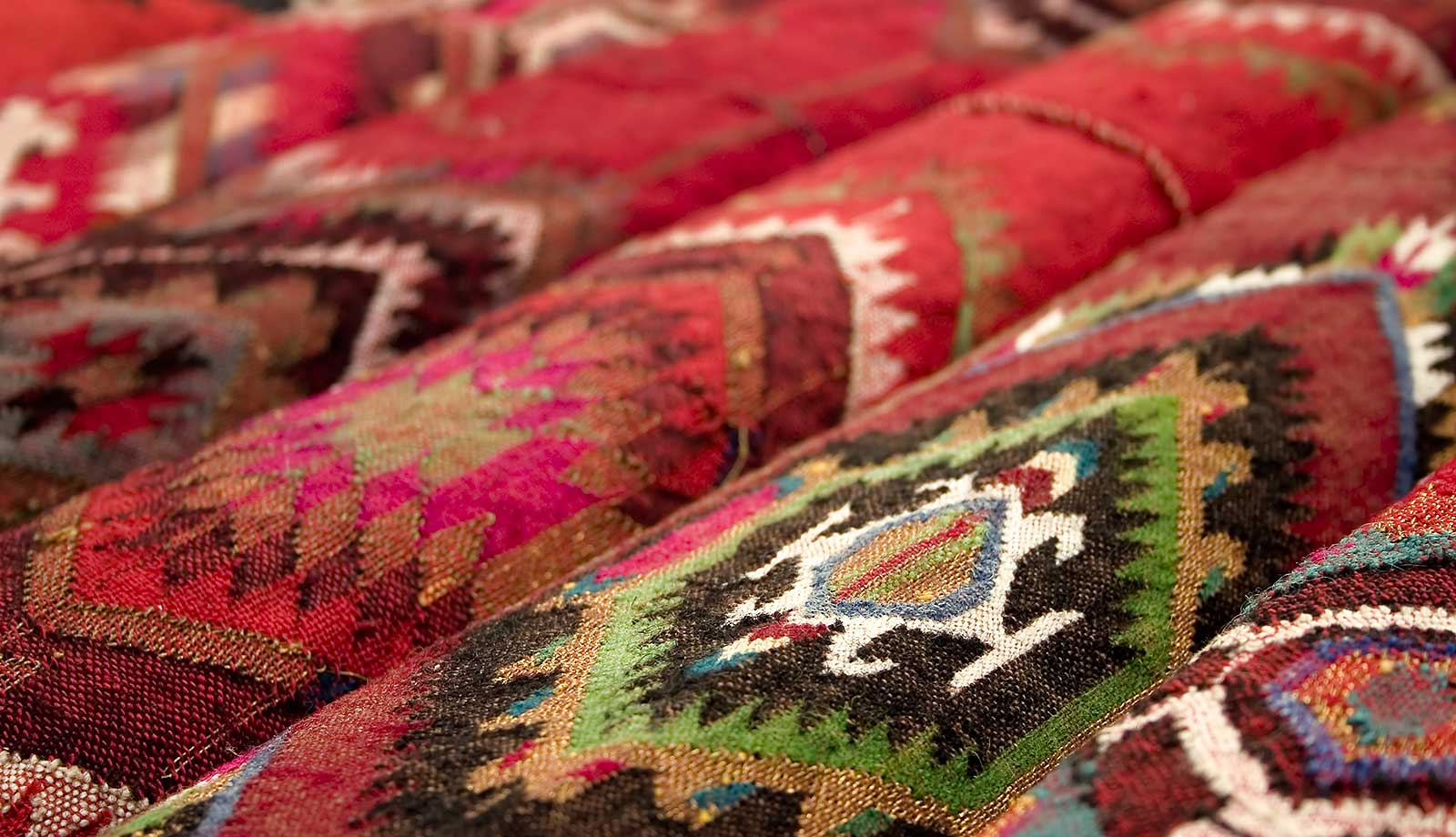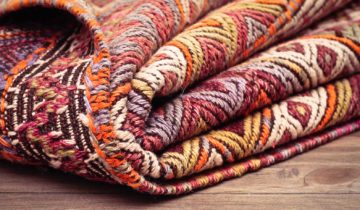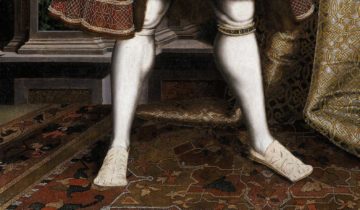One of the ancient forms of art within Turkic tribes of Anatolia is that of carpet-weaving. The oldest known Turkish carpet is the Pazyryk, found in the Altai mountains dating back to the 4th century BC. As Turkic nomadic tribes moved into Anatolia, centers began to develop in Konya, Uşak, Bergama during periods from the Seljuk period through the Ottoman Empire. These tribes were well used to the idea of ceremonies or symbols meant to ward off evil, which was often part of their religion. Preventing storms or the wrath of the gods was an important part of their cultures, and this was then passed directly into the symbols they used in their kilims.
But also kilims have been proven to express the direct thoughts and desires of the women who weave them. Their hopes for love, death and fears have all been woven into the patterns of the kilims, and became their primary outlet for expressing themselves. As a result, kilims are a way to see into the history of Turkic families themselves and see both where Turkish art originates, but also where the hopes and dreams of the Turkic people themselves originally comes from.
Beyond that, it goes without saying that the sheer aesthetic beauty of the kilims is critical to how they’re viewed, and so we have symbols and colors that both have symbolic value but have been shaped to be the most aesthetically pleasing possible in incredible symmetrically gorgeous ways.




 No products in the cart.
No products in the cart. 